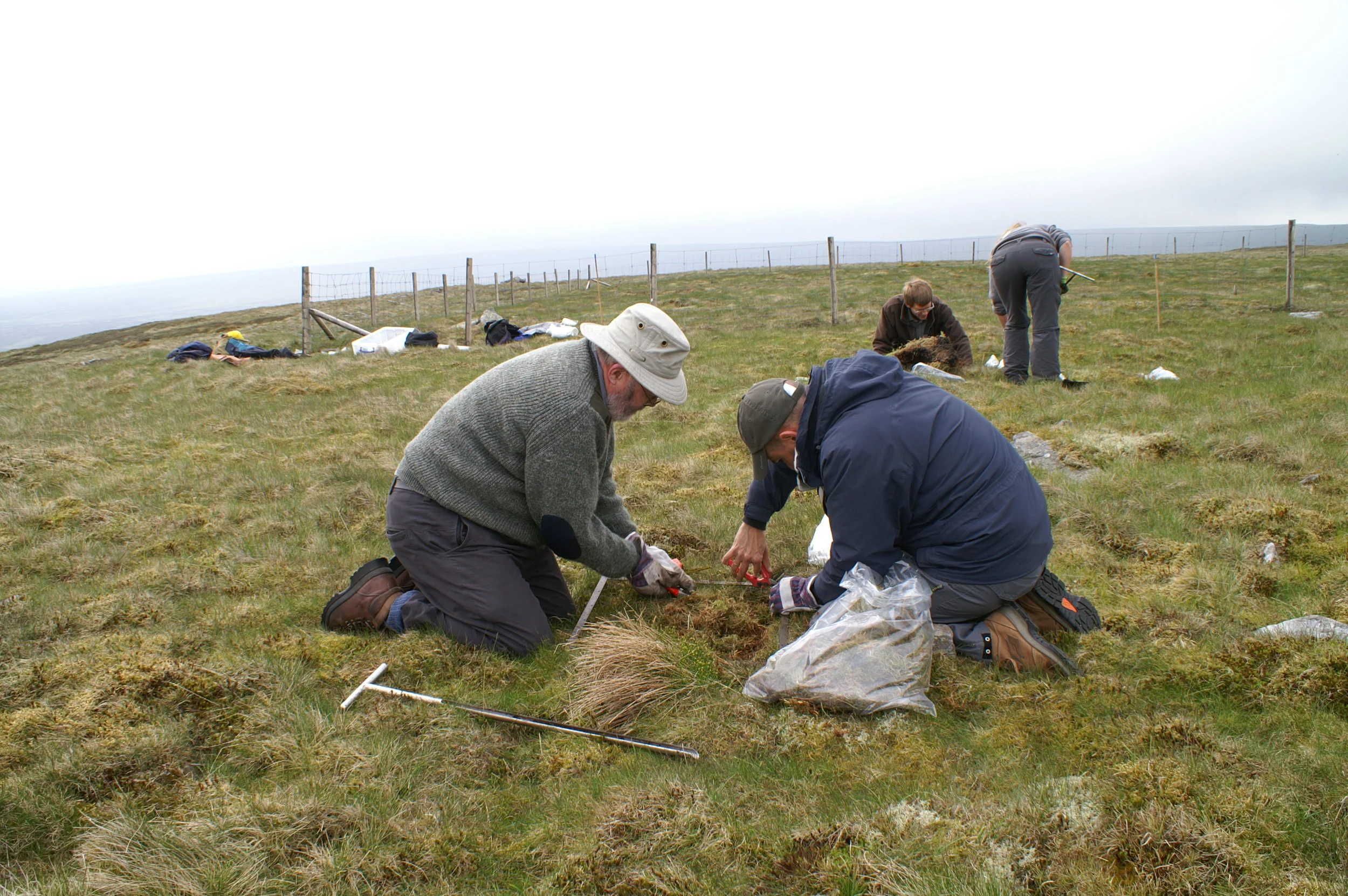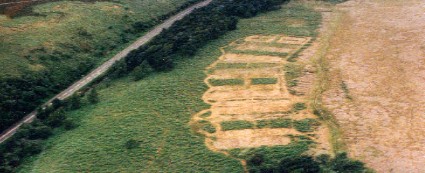Earlier this year, Rob Marrs - Emeritus Professor at Liverpool University - was awarded a Leverhulme Trust Research Fellowship to look at upland vegetation change across a number of LTEs. Here he shares his plans for the next couple of years.
I have been lucky enough to be awarded a Leverhulme Emeritus Fellowship to study species change in some long-term experiments. Such change can be brought about by a range of factors, including climate change, pollution, land-management and random events. But, such change can be very slow, for example in the British uplands where there the climate is harsh. If we wish to conserve our upland landscapes, therefore, we need to know how they change, the speed at which they change and the factors that drive these changes. We will be doing this in two places where the Ecological Continuity Trust has long-term experiments testing two contrasting types of management - rewilding and bracken control.
rewilding plot (grazing exclusion) at the moor house lte, northern pennines
Rewilding: The Effects of no Sheep
Removal of sheep has been suggested as part of attempts to make upland landscapes “more wild”. I hypothesise that overgrazing by sheep has reduced the conservation value of the landscape, and hence if it is removed, the vegetation should recover. I will be testing this by comparing the vegetation change in a series of separate studies set up between 1954 and 1967 at Moor House in the north Pennines. Each experiment has paired sheep-grazed and ungrazed plots.
aerial view, circa 1994, of bracken control experiment at hordron edge, peak district
Bracken Control
Bracken is one of the world’s most intractable weeds, causing considerable problems in Britain. Over the last 40 years, we have developed good techniques to control this “Triffid”, but we do not know how resilient it is – i.e. how quickly and how strongly it “bounces back” from even quite successful treatment. I have maintained large-scale experiments in the Peak District (Bamford Edge and Hordron Edge) on bracken control for 25 years, and both were very successful in more or less eradicating it. However, I stopped applying control treatments in 2012 to assess the bracken recovery, and effects on underlying plant species. This time for recovery will be of critical importance for the deployment of large-scale bracken control schemes.
bracken ‘bruising’ at the bamford edge bracken control experiment, peak district
Both case studies will impact on our theoretical knowledge of ecological processes in upland ecosystems and the quantification of rates of change will have great relevance for land managers.
Additional Information
For updates on this research, please contact Rob Marrs.





